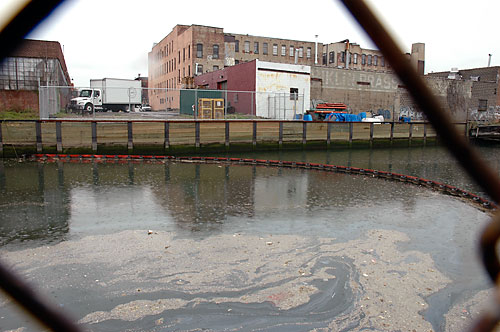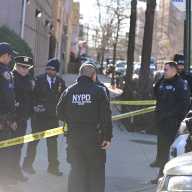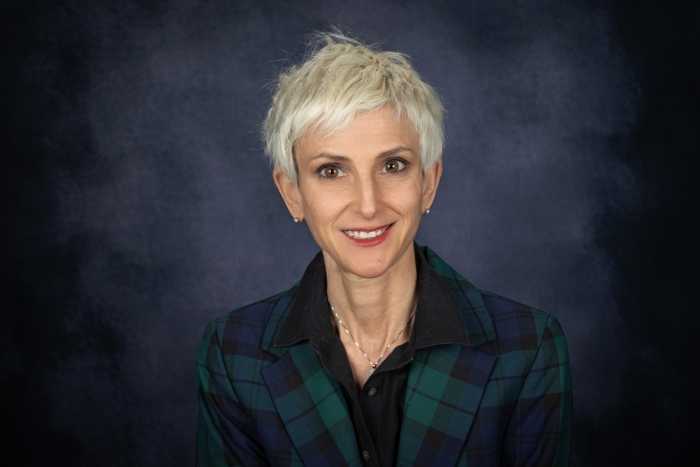The city’s top environmental boss turned salesman last week, trumpeting a low-tech plan that he believes will stanch the stink in the Gowanus Canal.
As part of a multi-pronged approach to reducing sewage in the fetid waterway, Department of Environmental Protection Commissioner Cas Holloway said that the city will unleash a veritable army of water hungry trees, vegetation, green roofs and rain barrels to soak up, collect, or evaporate the stormwater that otherwise overwhelms the area’s aging sewer system — resulting in the expulsion of a ghastly effluvium of raw sewage into the already polluted canal.
The “greening” of Gowanus will be a part of the $1.5-billion, 20-year “green infrastructure” plan. Holloway said that a smaller pilot program in the Bronx has been effective.
“Having it on the scale it needs to work will require the kind of commitment that we are putting forward — millions of dollars in capital money, and a lot of money also being spent on resources to do modeling and monitoring to make sure it is doing what it is supposed to do,” Holloway said after a presentation at PS 58 on Carroll and Smith streets last Thursday. “Time will tell, but I am convinced that this can be very effective and that it can work.”
The plan calls for the installation of green infrastructure to handle stormwater runoff from 10 percent of the sewer system’s drainage area — a figure dwarfed by a similar plan in Philadelphia, which proposes a hefty 20-percent capture rate.
Residents were underwhelmed.
“At the very best, it can solve 10 percent of the problem, so I am a little surprised that he’s here talking about the 10-percent solution instead of talking about the 90-pecent solution,” said Gowanus resident Steven Miller. “We need to talk about the 90-percent solution.
The “10-percent solution” is part of the city’s federally ordered effort to stop dumping raw sewage into the Canal, a violation of the Clean Water Act.
The city is already determining the plan’s potential along Sixth Street between Second and Fourth avenues, doling out $580,000 to the Gownaus Canal Conservancy, an advocacy group which will be installing plant life along those blocks over the course of the year. The city will be carefully monitoring the success of the so-called bioswales — an interconnected system of plants that suck up toxins from surface water.
The city said grants will be available for other organizations, businesses and private property owners interested in going green, but he stressed that the city still remains committed to other infrastructure solutions to improve the canal’s water quality, namely spending $85 million to fix a flushing tunnel and wastewater pumping system.
The agency’s water-capturing plan will stretch to Jamaica Bay, Paerdegat Basin and Coney Island. Over the weekend, officials were in Marine Park giving out free 55-gallon plastic rain barrels that connect to roof gutters to capture rainwater. Homeowners can connect the barrels to a hose, and reuse the water on their plants.
This isn’t the first time Holloway, a Brooklyn Heights resident, has played the role of environmental Willy Loman.
He was the public face of the city’s opposition to a $500-million federal Superfund clean-up of the polluted canal, and in 2009 told the Carroll Gardens Neighborhood Association that remediation under that plan would stymie new residential development along the waterway. Instead, Holloway proposed a failed alternative plan he claimed would do the same job without the so-called “Superfund stigma.”






















